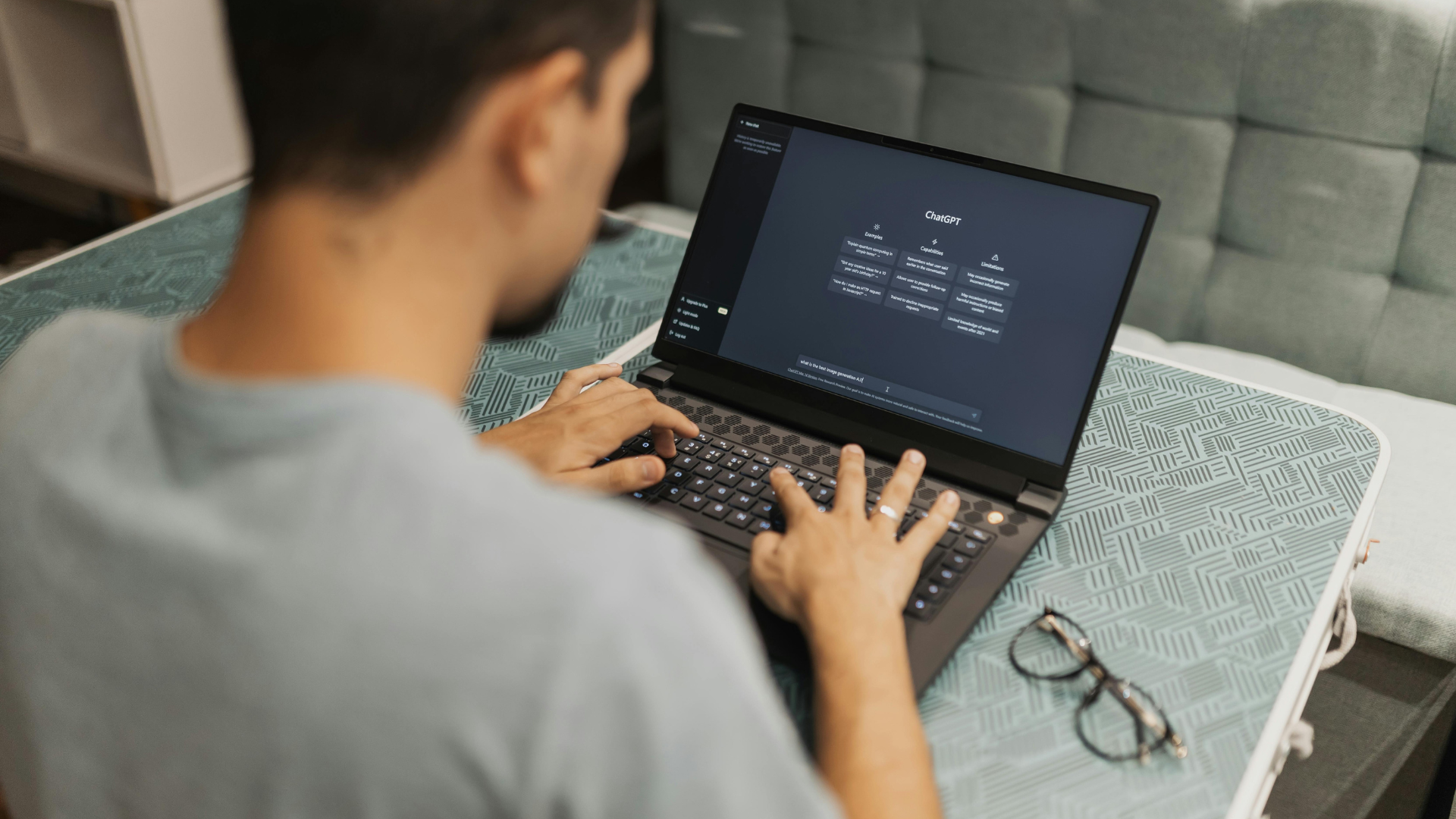The Power of Neuroinclusion: Rethinking how we work and lead
Aiden Boast • November 2, 2025

For years, diversity has been at the centre of workplace discussions. But as organisations refine what true inclusion means, a new conversation is emerging—one that looks beyond visible differences and into the way our brains work. Neuroinclusion is not a passing trend or a compliance exercise. It’s a shift in how we understand talent, collaboration, and innovation.
Around 12% of Australia’s workforce identifies as neurodivergent, according to the ABS. These individuals bring unique strengths—deep focus, creativity, problem-solving ability, and resilience—but often face workplaces designed for only one way of thinking. As hybrid work reshapes the rules, there’s a growing need for employers to move from awareness to action and create cultures where everyone can contribute their best.
One of the most powerful parts of this shift is that it’s not about fixing people—it’s about re-designing workplaces to work for more people.
“Neuroinclusion is about creating workplaces that support everyone. It’s not a ‘you must do it this way’ environment. It’s about meeting people where they’re at and helping them bring their best selves to work.”
On a recent Australia Market Update, Aiden Boast, North Shore Manager at people2people, was joined by Aisling Smith, Workplace NeuroInclusion and Employee NeuroEmpowerment Specialist, to explore how employers can make this transition—from intention to impact.
Aisling’s story began with her own lived experience. After her young son was diagnosed with autism and ADHD, she began recognising familiar patterns in herself. What followed was a personal and professional transformation that led her to launch Neuro Empowerment Solutions, a consultancy helping businesses create environments where neurodivergent people can thrive. Her insights offer both practical guidance and emotional truth—reminding leaders that inclusion starts with understanding.
Neurodiversity, she explained, is simply the natural variation in how human brains process information. Every person, in that sense, is neurodiverse. But neurodivergent individuals—those whose brains work differently from the “typical” model shaped by schools and workplaces—often find themselves trying to fit systems that were never built with them in mind. This “fitting in” often leads to masking: hiding behaviours or communication styles to appear more “normal”. Over time, that effort can take a real toll on confidence and wellbeing.
As Aisling noted, the barriers to inclusion aren’t always about resources—they’re often about empathy and communication. A common misconception is that adjustments are costly or complicated. In reality, many effective supports are simple: offering written instructions, allowing flexibility in how work is done, or creating quiet spaces for focus. “It’s about listening,” she said, “not trying to make everyone fit the mould.”
The conversation also touched on the rising wave of adult diagnoses. Many professionals only discover they are neurodivergent later in life—often after recognising similar patterns in their children. That awareness, while liberating, can also be confronting in workplaces where disclosure feels risky. Fear of judgment, exclusion from promotions, or being seen as “less capable” still lingers. That’s why psychological safety is so essential. When employees trust that sharing who they are won’t harm their careers, they can finally perform at their best.
For managers, that trust begins with curiosity—asking rather than assuming. Neuroinclusion is not about labels; it’s about awareness of the different ways people work, think, and respond to stress. As Aisling pointed out, the same support that helps a neurodivergent employee often benefits the entire team. Clarity, flexibility, and thoughtful communication improve performance across the board.
From a business perspective, neuroinclusion isn’t just good ethics—it’s good strategy. Diverse ways of thinking drive innovation. The ability to challenge the status quo, ask “why”, and see patterns others might miss can lead to breakthroughs in creativity and productivity. The more workplaces embrace this thinking, the stronger and more adaptive they become.
So where should organisations begin? Aisling’s advice was simple: start small, start human. Recognise that inclusion is a process, not a policy. It begins by asking people what they need to do their best work—and believing their answers.
How can leaders foster neuroinclusive workplaces?
- Ask before assuming – Engage in open, respectful conversations about individual working preferences rather than applying one-size-fits-all rules.
- Normalise flexibility – Allow variation in communication, scheduling, and workspace design to suit different cognitive styles.
- Document and clarify – Provide written instructions and clear expectations—small changes that dramatically improve confidence and outcomes.
- Model empathy – Demonstrate understanding through tone and action. Inclusion begins with leadership behaviour, not HR policies.
- Promote psychological safety – Build cultures where people can disclose needs or diagnoses without fear of judgment.
- Rethink “performance” – Measure success by output and impact, not conformity to traditional working patterns.
Find the job you love I Find the right talent
Get in touch with people2people
Australia
I
United Kingdom
In business since 2002 in Australia, NZ, and the United Kingdom, people2people is an award-winning recruitment agency with people at our heart. With over 12 offices, we specialise in accounting and finance, business support, education, executive, government, HR, legal, marketing and digital, property, sales, supply chain, and technology sectors. As the proud recipients of the 2024 Outstanding Large Agency and Excellence in Candidate Care Awards, we are dedicated to helping businesses achieve success through a people-first approach.






